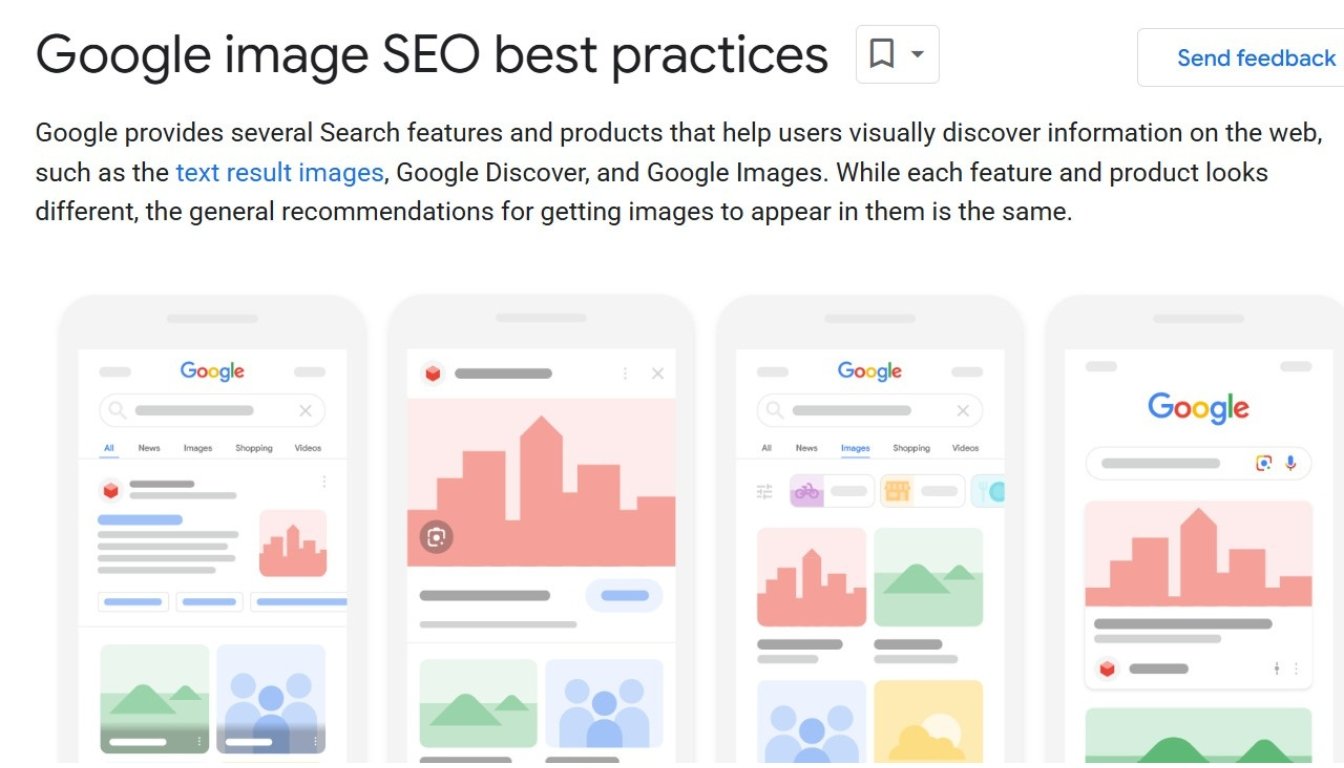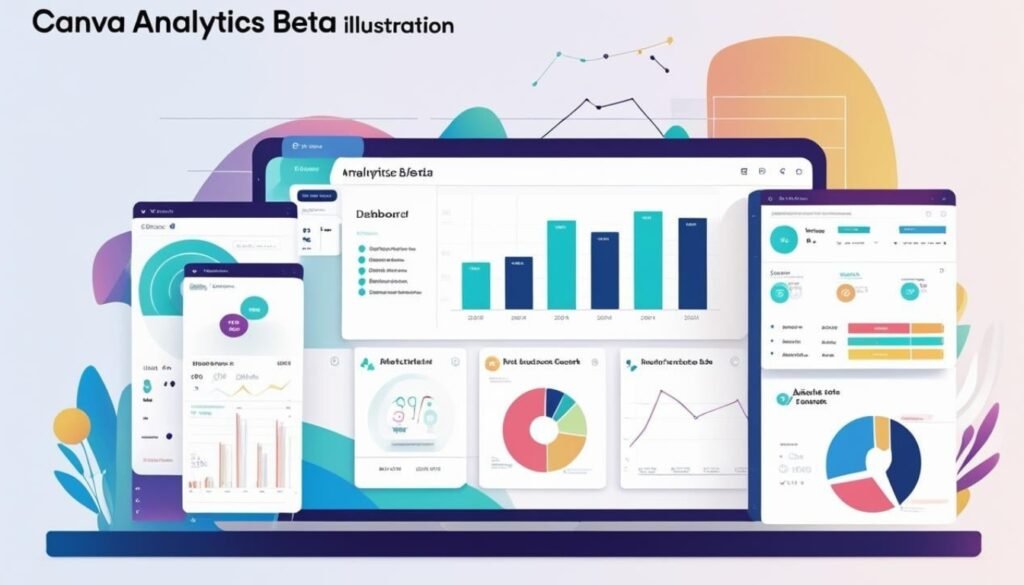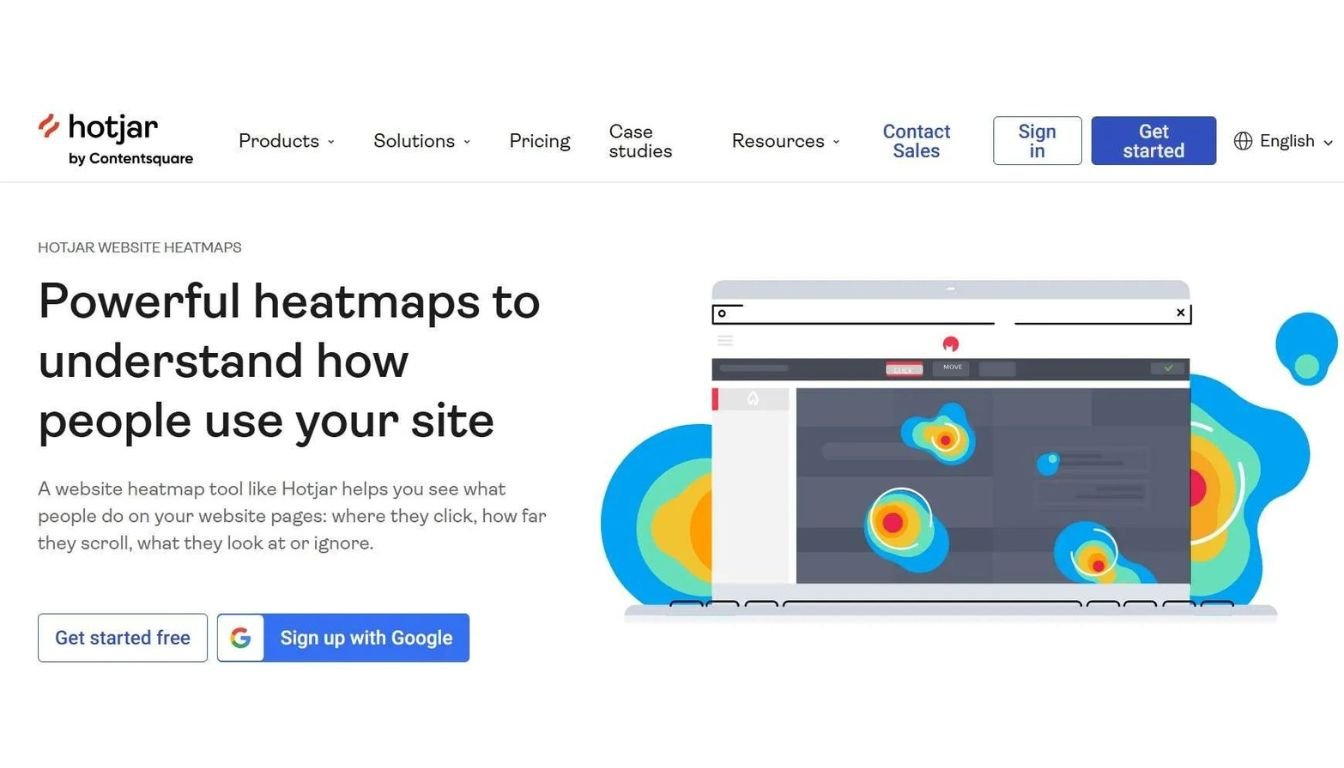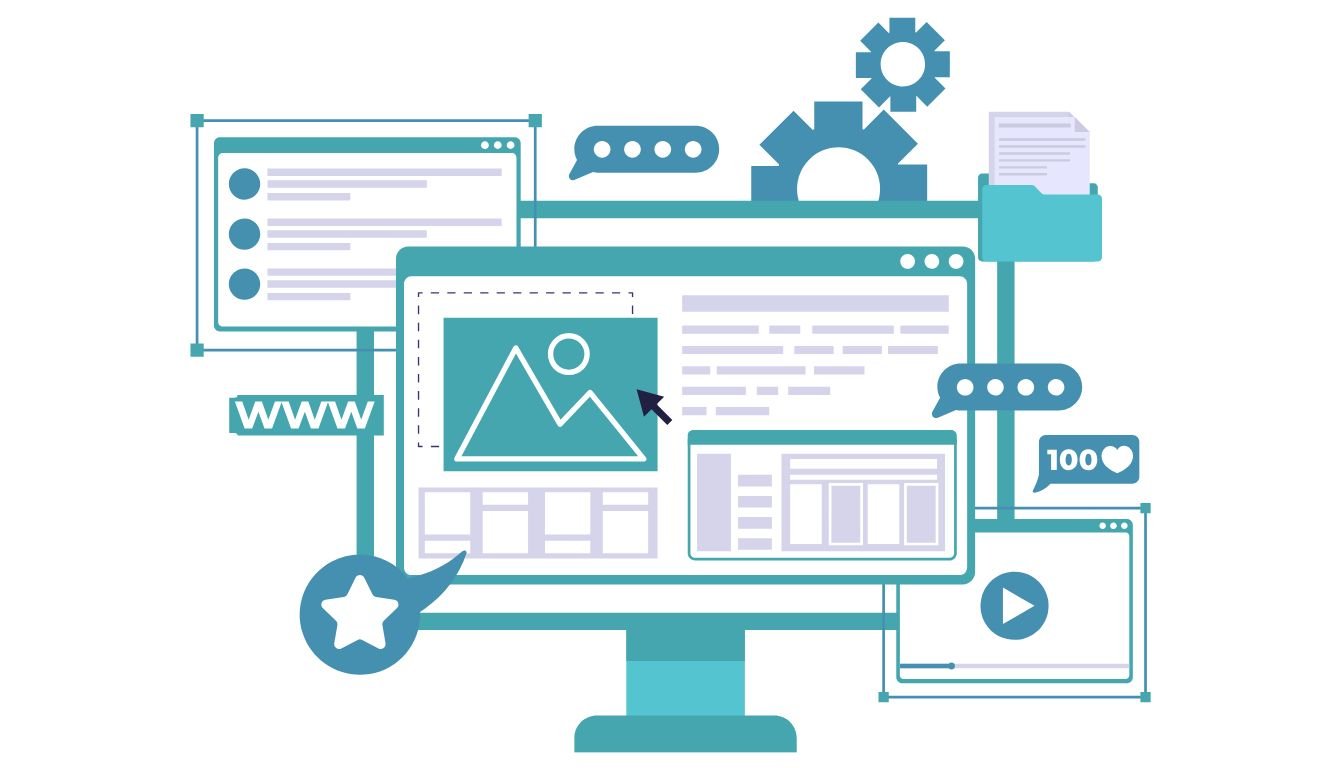Affiliate Disclaimer: Some of the links on this site are 'affiliate links.' This means if you click on the link and purchase the item, we may receive an affiliate commission.
Have you ever wondered why some affiliate marketers seem to crack the code on visual content, while others struggle to see results? That’s where image analytics tools come into play. These tools reveal what’s working, what’s not, and how to make smarter choices for long-term growth. For beginners in affiliate marketing, understanding how to evaluate visual content performance can feel overwhelming, but you don’t need to guess anymore.
By breaking down data like user engagement and click-through rates, these tools give you a clear picture of how your images are impacting your audience and your bottom line. Starting out doesn’t need to feel like fumbling in the dark—learning to use the right tools can light the way. For more on beginner-friendly tools that make affiliate marketing easier, check out this guide on must-have tools or dive into the ultimate affiliate marketing tools guide.
Key Takeaways
- Image analytics tools can help you understand what works best in your visual content, making your marketing efforts more effective.
- These tools analyze images to show which ones capture attention, drive clicks, and convert viewers into customers.
- By identifying trends in what your audience responds to, you can confidently select visuals that perform well.
- Many tools break down data into easy-to-read reports, even for beginners, so you don’t feel overwhelmed.
- Beyond tracking performance, these tools can help you optimize future campaigns by guiding your image choices.
- Some platforms also offer features like competitor analysis, giving you insights into what’s working for others in your niche.
- Starting small with a free or low-cost tool can let you learn the basics without stretching your budget.
- Keep in mind, good visuals can boost credibility and help you stand out in a crowd.
- Think of image analytics as a guide—it removes the guesswork and helps you make smarter, more focused decisions.
What Are Image Analytics Tools?
When you hear the term “image analytics tools,” you’re stepping into a world of insight-driven technology that isn’t just for professionals—it’s for everyone looking to make their visuals work harder and smarter. For affiliate marketers, these tools are like a magnifying glass, helping you see exactly how your audience interacts with your images.
Whether you’re curious about click-through rates or wondering if your favored imagery actually drives conversions, these tools specialize in showing you what’s happening behind the scenes. Essentially, they assess visual content performance, uncover trends, and help you make adjustments that maximize results.
Let’s take a closer look at their key features and how they fit into the affiliate marketing puzzle.
Key Features of Image Analytics Tools
The magic of image analytics tools lies in the way they combine smart technology with practical applications. These key features are their bread and butter, giving you actionable insights to shape your strategies:
- AI-Driven Analysis: Imagine having a machine “think” for you. Using artificial intelligence, these tools interpret visual data—like object detection or audience sentiment about an image—far faster than you ever could.
- Real-Time Metrics: Want instant feedback? Many tools give minute-to-minute updates on engagement metrics like views, shares, or clicks so you can pivot in the moment if needed.
- Heatmaps: Ever wondered where people’s eyes are drawn in your images? Heatmaps reveal what’s working visually, from key focal points to completely ignored sections.
- Image Recognition Capabilities: Picture this—your tool identifies elements in your photos, like brands or products. This is powerful for tracking performance in product-heavy niche marketing.
Want to see your affiliate strategy grow even more by applying multi-tool resources? Check out the strategies available in this beginner’s guide to promoting affiliate links.
The Role of Image Analytics in Affiliate Marketing
Affiliate marketing is a visual playground, and the right images are your key players. But how do you know which ones win the game? This is where image analytics tools make all the difference.
By tracking how people interact with visual content, you’ll uncover what grabs their attention. For example, let’s say you’re promoting a high-end coffee maker. If a heatmap shows people focus mostly on the sleek design elements, you know to highlight those details in future promotions. The tools also tie your visual data directly to performance metrics—think CTRs (click-through rates) or even direct sales conversions—giving you a numbers-backed understanding of what works.
Even better? These tools help you optimize your visual strategy specifically for affiliate success. They pinpoint underperforming images, allowing you to replace them with data-driven alternatives. Studies suggest that visuals aligned with user expectations can significantly improve conversions, making every piece of your content count.
For more ways to drive engagement and boost your affiliate site traffic, explore these creative tips.
By using image analytics tools effectively, you’re taking the guesswork out of the game and relying on science to guide your decisions, bridging the gap between visual appeal and meaningful conversions.
Top Benefits of Using Image Analytics Tools for Beginners
Using image analytics tools can feel like gaining a superpower for your affiliate marketing efforts. These tools don’t just help you understand your audience—they give you a direct roadmap to better performance. Whether you’re new or just looking to improve, here are the top benefits of leveraging these tools to enhance your strategy.
Data-Driven Insights
As an affiliate marketer, wouldn’t it be great to know exactly which images your audience finds engaging? Image analytics tools cut down the guesswork and show you actionable insights that can transform how you approach visual content. These tools track key metrics like click-through rates (CTR), engagement, and even conversion rates tied directly to your images. By dissecting this data, you can identify patterns—like what design styles or color schemes resonate most.
For beginners, this type of insight is way more than helpful; it’s empowering. Imagine knowing that your target audience clicks more on brighter images or is drawn to product images with clean backgrounds. With that knowledge, you can re-align your entire strategy for better engagement without wasting time or resources. If you’re curious about other tools that support affiliate marketers in similar ways, check out this list of tools and plugins optimized for beginners.
Improved Visual Content Strategy
Creating visuals can be like trying to hit a moving target. You might be asking yourself: Is this image too cluttered? Does it complement my call-to-action? With image analytics tools, those uncertainties become a thing of the past. These tools dig into the performance of each image—whether it’s a product photo, a banner ad, or a blog graphic—and provide suggestions for optimization.
For example, they might suggest repositioning a product to align with viewing hot spots based on a heatmap analysis. Did you know that even just tweaking an image’s placement on a webpage can impact how many people click through to your affiliate link? You’re no longer relying on trial and error; you’re guided by data, making your visual content both appealing and conversion-focused.
Want a closer look into content strategies? Explore this simple content creation guide for beginners to make your overall marketing content shine.
Streamlined Reporting
Imagine this: instead of sifting through spreadsheets or juggling multiple tools, you have all your performance data in one place. That’s exactly what image analytics tools offer—centralized reporting dashboards that are easy to navigate, even if you’re not a numbers person. These dashboards condense complex data into visually friendly formats like charts and summaries, which are designed to help you make quick, informed decisions.
This is especially valuable for affiliate marketers managing multiple campaigns at once. You can quickly identify trends, flag underperforming visuals, and even archive your successes for future campaigns. Beginners will appreciate having a clear starting point and not getting bogged down with overly complicated systems. Streamlined reporting helps you avoid overwhelm and stay laser-focused on improving what really matters.
These tools are one of the key ways to stay on track in an increasingly competitive field. For more tips on staying compliant and efficient as an affiliate marketer, you might want to read this affiliate marketing compliance guide.
Using image analytics tools simplifies your journey as an affiliate marketer, giving you the know-how and confidence to let your visuals take center stage in driving conversions.
Popular Image Analytics Tools You Should Know About
Image analytics tools make the task of managing and optimizing visual content not just easier but also smarter. For affiliate marketers looking to improve their game, these tools shed light on how your audience is interacting with your images. By utilizing them, you can make informed decisions that go beyond guesswork. Let’s explore some of the most popular tools that can enhance your visual strategy.
Tool #1: Google Analytics (Image Features)
Many people associate Google Analytics with website traffic tracking. But did you know it also offers features to assess image performance indirectly? Through metrics like page views, bounce rates, and click-through rates, you can get a good sense of how your visuals are contributing to user engagement. For example, examining a spike in view times on pages with striking visuals can tell you what’s catching users’ attention.

Additionally, if you’re publishing visuals optimized for search, Google Analytics allows you to track image SEO performance, offering a closer look at how users discover your images. Insights like this are invaluable for refining an affiliate strategy. Want to enhance your image-driven content strategy? Explore this comprehensive guide to content creation for actionable tips.
For advanced features and support related to imagery and SEO, you can also explore Google’s image-focused analytics capabilities for extra learning opportunities.
Tool #2: Canva Analytics Beta
If you design your affiliate marketing visuals in Canva, this tool can be a game-changer. Canva’s Analytics Beta tracks engagement for any design shared online, making it an excellent addition to your toolkit. It provides insights like the number of views and shares your designs get—a handy way to see which graphics resonate with your audience and which don’t.

Say you’ve created a Pinterest pin for an affiliate product—Canva’s analytics can show whether that pin is driving the engagement you hoped for. Think of it as having your visual strategy evaluated in real-time without jumping between software. For those working heavily with Canva, these insights help refine design variations and adjust your approach on the fly.
To get started and access their design insights feature, you can check out the Canva Help Center.
Tool #3: Heatmap Analyzers
Heatmap tools give you a detailed breakdown of where users are clicking, hovering, or scrolling on a page. Images that gain significant attention light up these maps, helping you assess which visuals are effective. One of the most popular heatmap solutions is Crazy Egg. It provides intuitive visual data that allows you to understand how users interact with your site’s visuals and layout.

For instance, if you’re running a blog with affiliate banners, a heatmap tool can pinpoint whether your audience is even noticing them. Are users clicking on the image as intended, or are they bypassing it? If interactions are low, you might consider repositioning or redesigning the visual. Successful affiliate marketers swear by these tools for optimizing user experience.
Explore further using heatmap insight tools by visiting Crazy Egg’s heatmap guide. It’s an eye-opener for understanding visual user behavior.
By incorporating these tools into your strategy, you’ll not only stay ahead of the curve but also make data-backed decisions that drive results.
How to Choose the Right Image Analytics Tool
Selecting the right image analytics tool can feel like finding the perfect pair of shoes. You want a fit that’s comfortable, functional, and truly works for your individual needs. With so many tools out there, it’s easy to feel overwhelmed. But don’t worry—you’ll get there by breaking it down into what really matters. Let’s explore the most important factors to help you choose wisely.
Understanding Tool Compatibility
First things first: is the tool compatible with what you’re already using? If it doesn’t work seamlessly with your existing tech stack, it’s like trying to force a square peg in a round hole—it’s just not going to happen. Whether you’re using WordPress, Shopify, or another platform to manage your affiliate business, the tool should integrate smoothly. This includes syncing with your analytics or CRM system to avoid wasting time on manual data entry or exporting files.
Pro tip: Review the tool’s supported integrations before making any decisions. For example, does it connect directly to Google Analytics? Or support your current marketing workflow? Investing in a tool that “plays well” with what you already use can save you loads of headaches and time down the road.
Evaluating Feature Sets
Once you’ve nailed down compatibility, it’s time to consider the tool’s features. This is where it gets personal—a feature that’s essential for one marketer might be unnecessary for another. For example, if you’re mostly focused on social media visuals, you’ll probably care about features like engagement tracking and sentiment analysis. On the other hand, someone managing product-focused marketing might prioritize heatmaps or product tagging capabilities.
But don’t just look for fancy tech or buzzwords. Ask yourself: What data do I actually need to improve? Does this tool offer insights relevant to my affiliate marketing goals? If you’re unsure how to evaluate tools, learn from other marketing experiences and insights in this affiliate marketing tools guide. By focusing on features that align with your needs and goals, you’ll avoid paying for stuff you never use.
Here are a few features to consider when comparing tools:
- Real-time data analytics
- Multi-platform reporting (social, web, and email campaigns)
- AI-based forecasting for engagement trends
- Heatmap analyses to better understand user behavior
- Easy-to-use dashboards for beginners
Budget Considerations
Let’s talk money, because who has an endless marketing budget? For beginners in affiliate marketing, balancing cost with functionality is key. Some tools charge upwards of hundreds per month, which might feel impossible when you’re just starting. Others offer free basic versions or lower-tier subscriptions that are plenty powerful for getting started.
Think about value over cost. Investing a little more in the right kind of data might save you money in the long run, especially if it helps you boost conversions. However, if you’re still experimenting with your strategy, look for tools with free trials or affordable monthly tiers. Many tools scale their pricing to fit beginners and advanced users alike.
For solo marketers or small teams, a startup-friendly tool can help you stay lean. And remember, you don’t always need every feature right away. Tools optimized for smaller projects often scale alongside your business, making them perfect for entry-level affiliate marketing efforts.
By choosing an image analytics tool that fits into your budget and delivers what you need, you’ll set yourself up for success without overspending on unnecessary extras.
For more insights that help beginners plan their tools and budgets strategically, check this guide on must-have affiliate marketing tools for beginners.
Smart Questions About Image Analytics Tools for Affiliate Marketing
What are image analytics tools, and how do they work?
Image analytics tools help you analyze visual data—things like photos, screenshots, or graphics. These tools use AI to extract insights, like identifying objects, measuring engagement, or even understanding how images influence your audience. In affiliate marketing, you can use them to figure out what kinds of visuals drive clicks and conversions.
How can image analytics tools improve my affiliate marketing strategy?
These tools show you what works and what doesn’t in terms of imagery. For example, they can tell you which product photos or ad creatives get more clicks or higher engagement. This helps you focus on visual content that gets results, boosting your overall marketing performance.
Do I need a big budget to use image analytics tools?
Not at all! Some tools offer free plans or low-cost options for beginners. While advanced features may cost more, you can start small and upgrade as you grow. Free tools or trial versions often provide enough functionality for basic needs.
Which are the best image analytics tools for beginners?
Popular beginner-friendly options include Canva Pro for visual design and analytics, Google Vision AI for object recognition, and Adobe Analytics for data-driven insights. Each tool has strengths depending on your goals, so choose one that fits your specific needs.
Can image analytics tell me why my audience isn’t clicking on my affiliate links?
Yes, indirectly. If your audience isn’t responding to your visuals, image analytics can help identify issues like poor lighting, irrelevant imagery, or lack of clarity. Armed with this data, you can adjust your visuals to better connect with your target audience.
How do I measure ROI for the images I use in affiliate campaigns?
Most image analytics tools integrate with platforms like Google Analytics or affiliate dashboards. You can track metrics like click-through rates (CTR), impressions, and conversion rates tied to specific images. By monitoring these numbers, you’ll know whether your visuals are paying off.
Can image analytics help with social media affiliate campaigns?
Absolutely. Social media thrives on visuals. Image analytics show you which posts get shared, liked, or clicked on. Platforms like Instagram Insights include some basic analytics, while tools like Later or Iconosquare give deeper insights into image performance.
Are there privacy concerns with using image analytics tools?
Some tools collect and store data from your images, so it’s important to check each tool’s privacy policy. Always get permission if you’re analyzing photos with identifiable people. Sticking to ethical use keeps you and your audience protected.
What types of images work best for affiliate marketing?
Images that tell a story or clearly showcase the product often perform best. For example, lifestyle photos showing someone using the product tend to connect with viewers more than plain product shots. Use analytics to test and refine what works with your audience.
How often should I update or test my images?
Regular updates are smart, especially if you notice declining performance. A/B testing your images at least monthly can reveal what’s effective. Trends change, and analytics help you stay ahead by keeping your content fresh and engaging.
Can image analytics tools replace hiring a graphic designer?
They can’t fully replace creativity, but many tools simplify design and decision-making with templates and insights. If your budget is tight, they’re a great way to create optimized visuals without hiring someone. However, for complex designs, a pro might still be worth it.
Are image recognition features helpful for affiliate marketing?
Yes, they’re especially useful for e-commerce affiliates. For instance, recognition features can match specific products to consumer interests. If analytics show demand for a certain product type, you can adjust your promotions to fit market demand.
What kind of learning curve should I expect with these tools?
Most beginner-friendly tools are pretty intuitive, often offering tutorials and support. Advanced tools may take more time, but you don’t need a tech background to get started. Spend an hour experimenting, and you’ll likely pick it up quickly.
Do I need coding skills to use image analytics tools?
Not at all! Most tools have simple interfaces designed for everyday users. Some advanced tools might offer coding options for deeper customization, but they’re not required for basic functionality or insights.
How do I choose the right image analytics tool for my needs?
Consider your goals and budget first. If you’re starting out, look for tools with free trials or beginner-friendly interfaces. Check reviews and features to make sure the tool can analyze metrics that matter most to your campaigns.
Final Thoughts
The right image analytics tools can transform how you approach affiliate marketing, especially when you’re just starting out. They take the guesswork out of your strategy, giving you clear, actionable insights about what truly resonates with your audience.
As a beginner, it’s important to evaluate your needs thoughtfully. Look for tools that not only provide valuable data but also align with your budget and goals. This way, you’ll set yourself up for success without feeling overwhelmed. Small adjustments, guided by data, can make a big difference in your marketing game.
Ready to take the next step? Learn more about beginner-friendly tips to improve your affiliate strategy by visiting this guide. Small, intentional actions today can lead to huge payoffs tomorrow.

